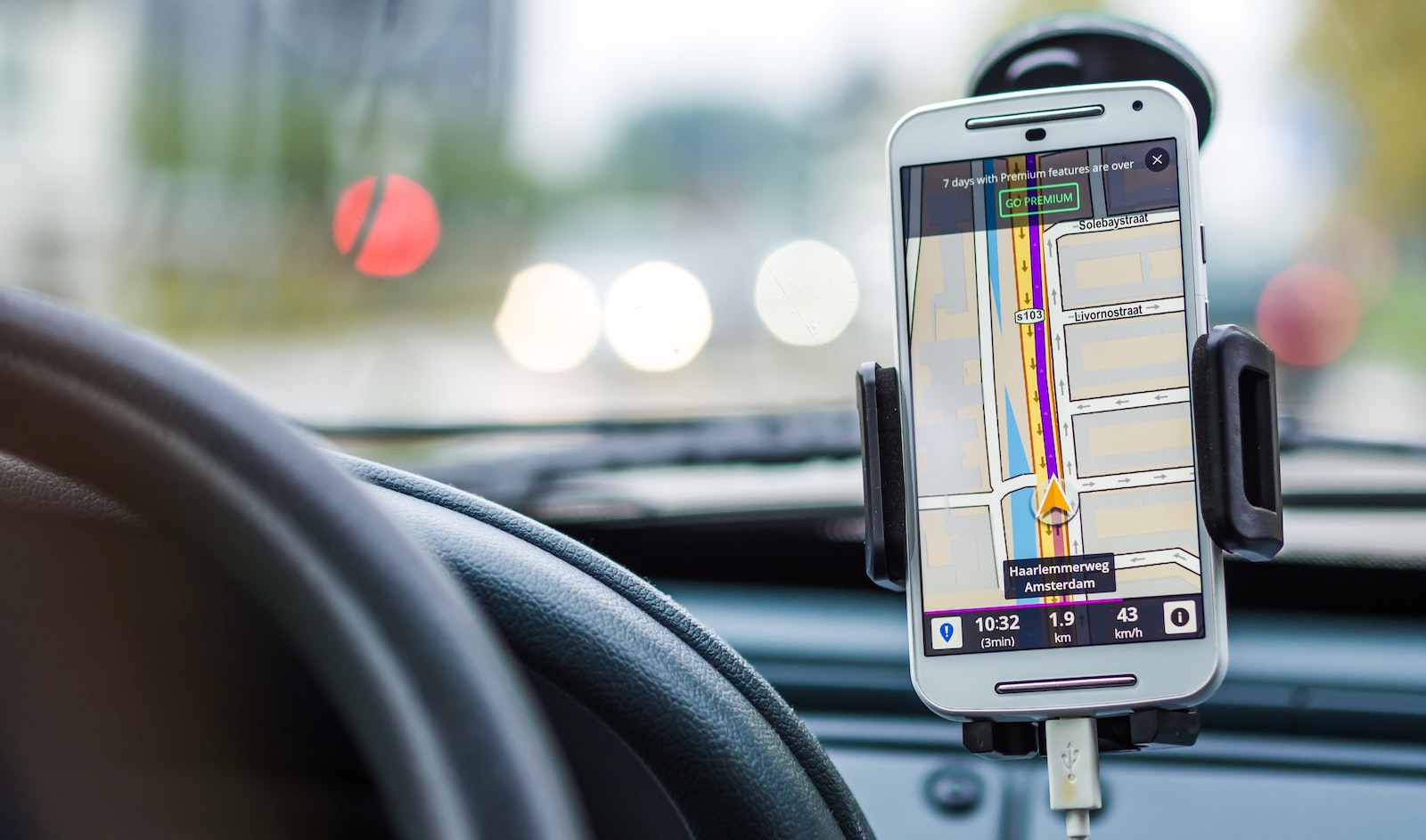In the U.S. alone, a vehicle is stolen every 30 seconds, costing individual owners and businesses over $8 billion. With thieves also targeting individual parts such as catalytic converters, valuables stored in vehicles or on jobsites and expensive heavy equipment, fleet and field service organizations have been prime targets.
These security concerns are plaguing mixed fleet organizations’ bottom lines at a time when they are already dealing with increasing fuel prices, a volatile supply chain and long-term inflation struggles, However, recent developments in tracking technology capabilities and artificial intelligence (AI)-powered software solutions have emerged as a formidable solution.
Telematics-Driven Asset Management
Mixed fleet industries, those with assets including vehicles and equipment, can practice best-in-class asset management by using telematics to secure their assets, identify larger work trends and implement necessary solutions more quickly.
Organizations in industries such as construction or landscaping often conduct field service work that requires taking lengthy transportation routes to large job sites. GPS tracking enables operators to pinpoint their assets' locations at all times, whether en route or left overnight on a jobsite. Further, GPS technologies can be used to install geofencing boundaries around work sites so organizations can be notified if an asset is removed.
These tracking technologies significantly increase the likelihood of recovering stolen assets while sending a warning to potential thieves about the increasingly innovative and effective security capabilities their targets possess.
Ensure Greater Accountability and Operational Efficiency
Tracking is only one-half of the telematics approach to asset management. Its broader capabilities are only realized when organizations also use robust, AI-driven software solutions.
For example, GPS tracking technologies can be paired with AI-powered cameras to automate review and evaluation, so managers only receive alerts when specific security and behavioral thresholds are exceeded. This process fast-tracks the traditionally time-consuming process of manually reviewing security footage. Most AI-powered security cameras are also capable of live streaming, enabling real-time monitoring of transportation routes and job sites.
This risk identification system employs machine learning, computer vision and edge computing to automatically detect specified incidents. For drivers, these might include unsafe and inefficient processes such as idling or speeding violations. For equipment operators, these might include improperly storing equipment or obstructing cameras. As a result of greater accountability, mixed fleet organizations can improve their fuel efficiency, asset lifespan, operational efficiency and worker safety.
See also: Quantum Technologies, Cybersecurity and the Change Ahead
Turning GPS-Tracked Data and Analytics Into Solutions
AI-powered telematics solutions are not limited to operation and field teams, as office employees can also be cued into the real-time processes and results stemming from transportation routes and job sites. Office workers can identify larger trends and implement necessary solutions, such as for inventory management and maintenance.
Storing data and relevant insights in the cloud ensures easy and simple accessibility. While cloud-based accessibility isn’t anything new, when combined with available automated asset tracking it can help employees simplify the auditing process and streamline maintenance logging. As a result, mixed fleet organizations can safeguard sensitive information and ensure regulatory compliance.
Integrating complex, automated GPS tracking software shows insurance providers that an organization is deeply committed to reducing potential risks concerning both physical and digital assets and can reduce premiums.
Protecting Indispensable Assets Elevates All Aspects of the Business
GPS tracking is simultaneously a simple, self-explanatory practice and a complex, tech-centered best practice for mixed fleet organizations of all sizes.
Fleet and field inefficiencies waste valuable time and money. Telematics technology enables organizations to harness AI-powered analytics to make data-driven decisions that secure inventory, extend asset lifespan and increase operational efficiency.






